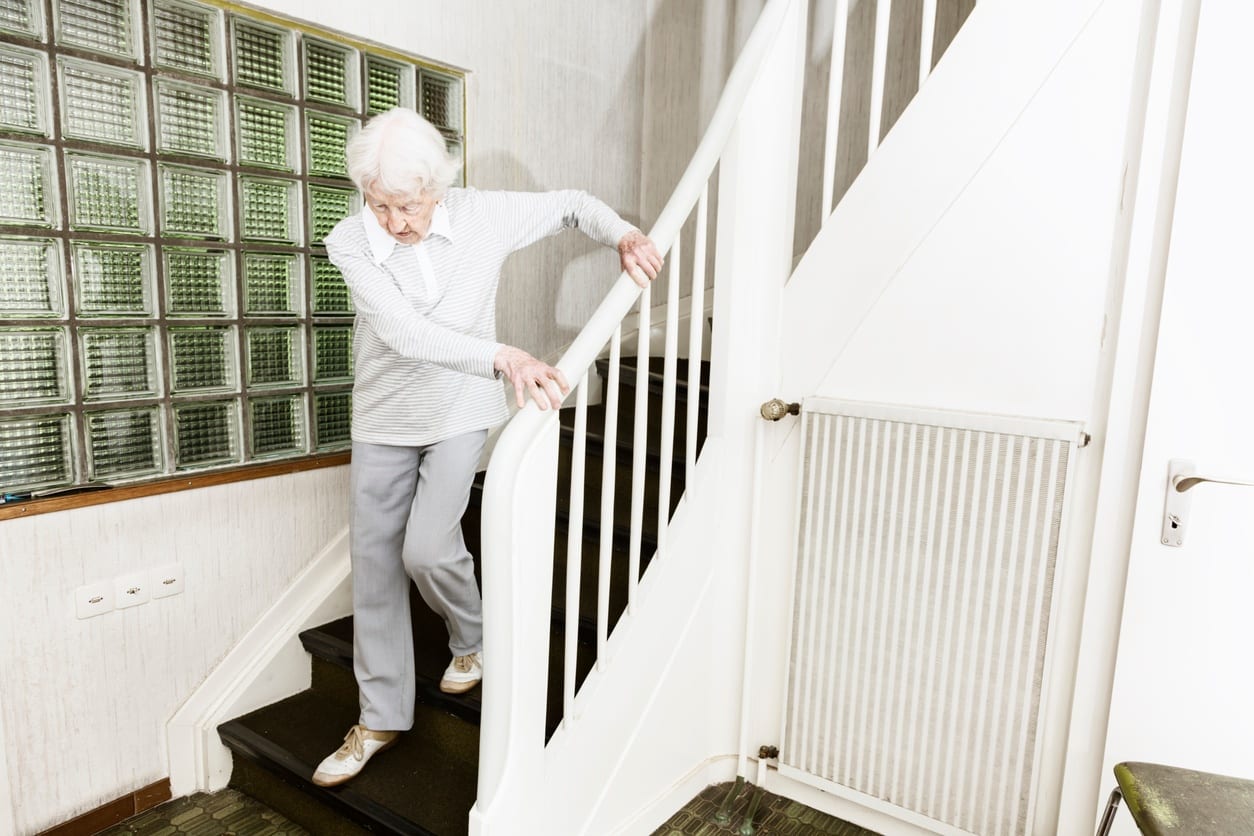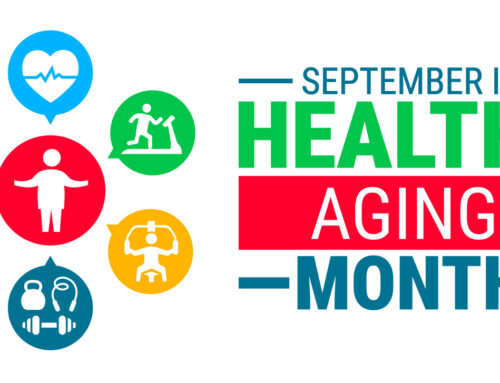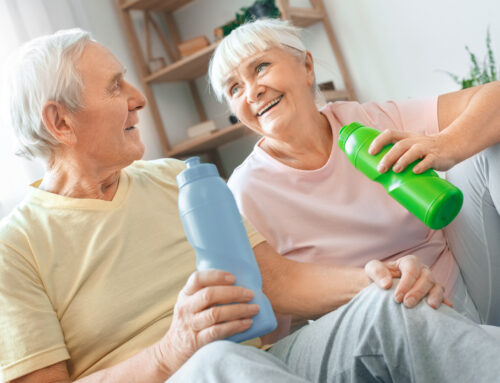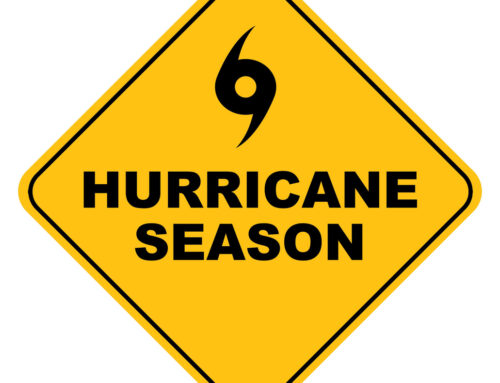Understanding the most common “extrinsic” causes of trips and falls helps create a safer environment for senior loved ones
According to the American Family Physician, falls are the top cause of emergency-room visits in the United States for people over the age of 65. Because of factors like declining muscle strength, arthritis, poor vision, and weaker bones, seniors are not only more likely to fall, they are more likely to suffer serious injury when they do.
If you have an elderly loved one, or if you are concerned about tripping and falling hazards in your own home, there are preventative measures you can take to reduce the chances of a fall.
An initial step is identifying the most common external sources of a fall. By this, we mean environmental factors, such as stairs and rugs, rather than vision or poor coordination. With this information, you can then take measures to eliminate hazards and create a safer space.
While specific percentages are unclear, the CDC has created a useful list of the most common “extrinsic” (environmental) factors that cause falls among all people. This information allows us to make reasonable assumptions about falls in the elderly, followed by safety changes to the home.
1. Lack of a stair handrail
A strong stair handrail is important for helping your loved one maintain safety. If there is no rail, or if it’s hard to reach or difficult to grip, consider installing one that is easy to use. If you or a loved one has more significant mobility issues, a stair lift may be the optimal solution.
2. Poor stair design
Dealing with poor stair design can be tough, as it often requires structural and carpentry changes to the home. Steep, winding, or narrow stairways can be problematic for seniors.
3. Lack of bathroom grab bars
The bathroom is a common place for falls, so make sure there are handrails around the shower and tub area, near the toilet, and along walls.
4. Dim lighting
Many seniors deal with failing eye sight. To ensure that they can see properly, install brighter light bulbs and place lamps throughout the home. You can also open the shades and shutters to keep bright sunlight in the home during the day.
5. Obstacles and tripping hazards
Go through the home and look to the floor for any rugs, cords, or home decor that might create a tipping hazard. This requires a very close eye, as seemingly innocuous, small things, such as a rug that tends to curl, can cause a fall.
6. Slippery or uneven surfaces
This can apply to any room, but it most often applies to the bathroom and the kitchen. Place slip-resistant mats in the shower and tub, and consider installing temporary or permanent slip-free flooring in any areas with slick floors.
7. Improper use of an assistance device
Assistance devices like walkers and wheelchairs can be helpful for maintaining mobility and independence, but properly understanding how to use them is essential. Take the time to go over how and when to use each device to lower the chances of a fall.
Complete care for seniors in need
If you need help creating a safe, accommodating environment for yourself or an elderly loved one, contact the team at FirstLantic. We have developed a successful fall prevention program that enables our clients to maintain their independence safely.
Our team provides a comprehensive assessment, one that addresses a range of prevention efforts – from a medication and health risk review to fall-prevention exercises and a smart reorganization of your senior’s home. Our home health aides have been providing the highest level of service and attention to South Florida clients in Broward, Palm Beach, St. Lucie, Indian River, and Martin Counties since 2000. Call anytime at 877-618-3624 or fill out our online contact form to get started.
 AVAILABLE 24 HOURS A DAY/7 DAYS A WEEK
AVAILABLE 24 HOURS A DAY/7 DAYS A WEEK Careers
Careers







